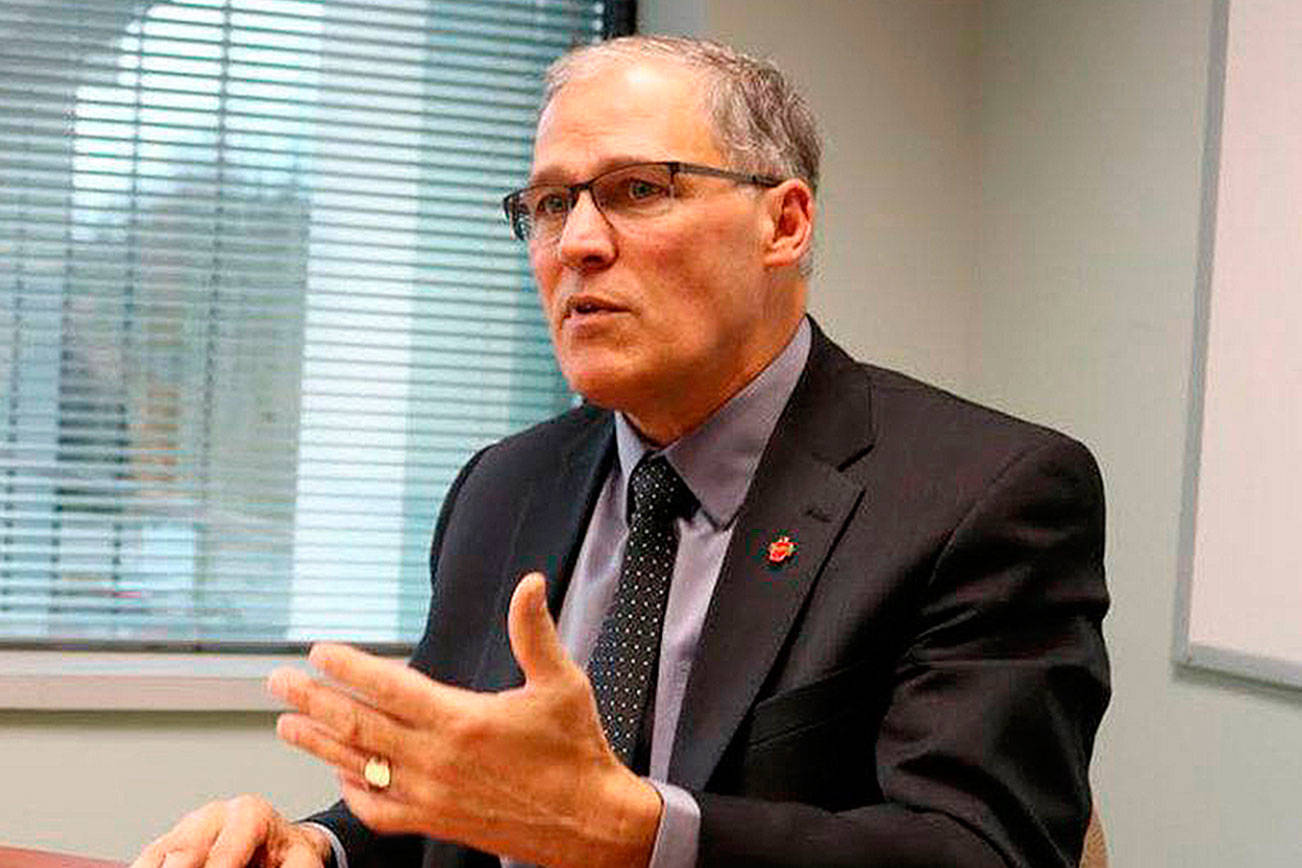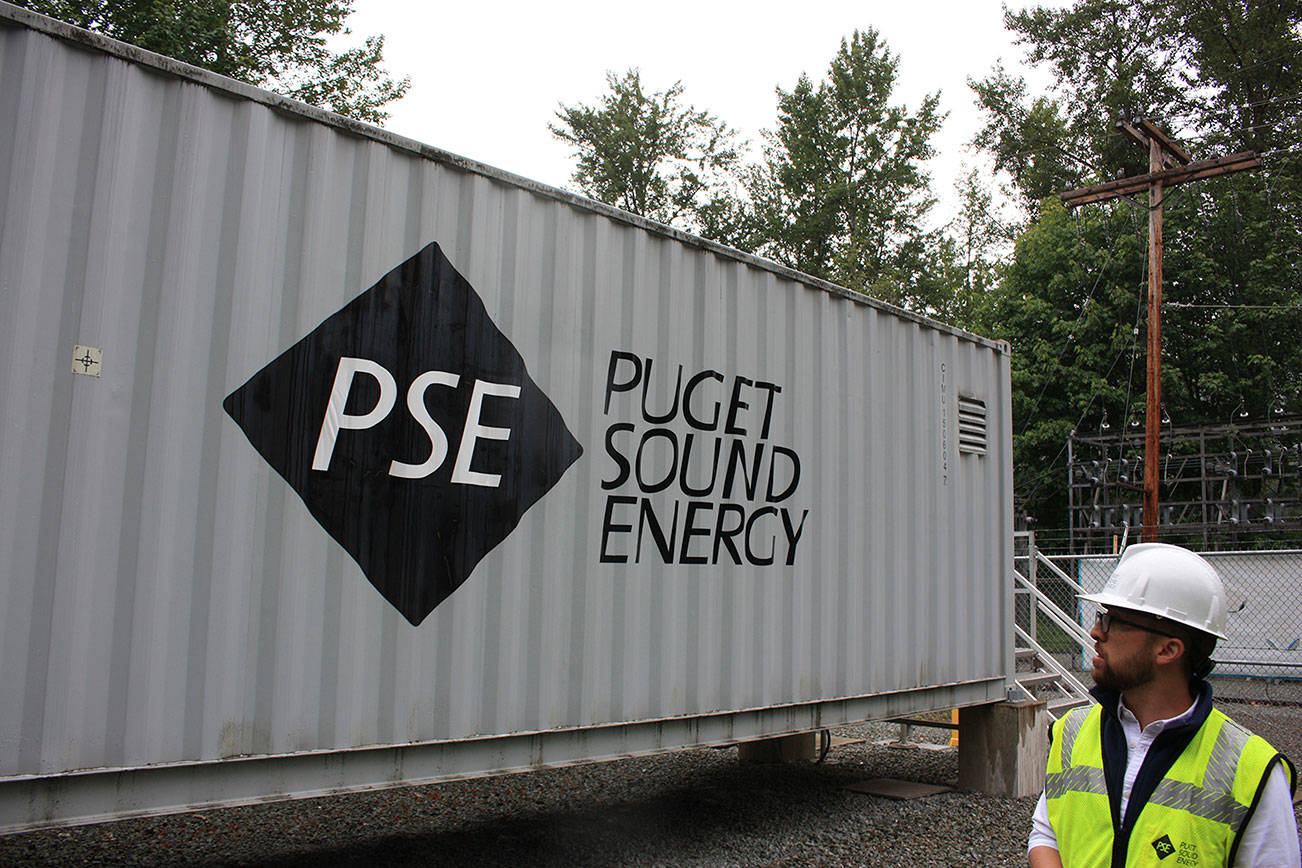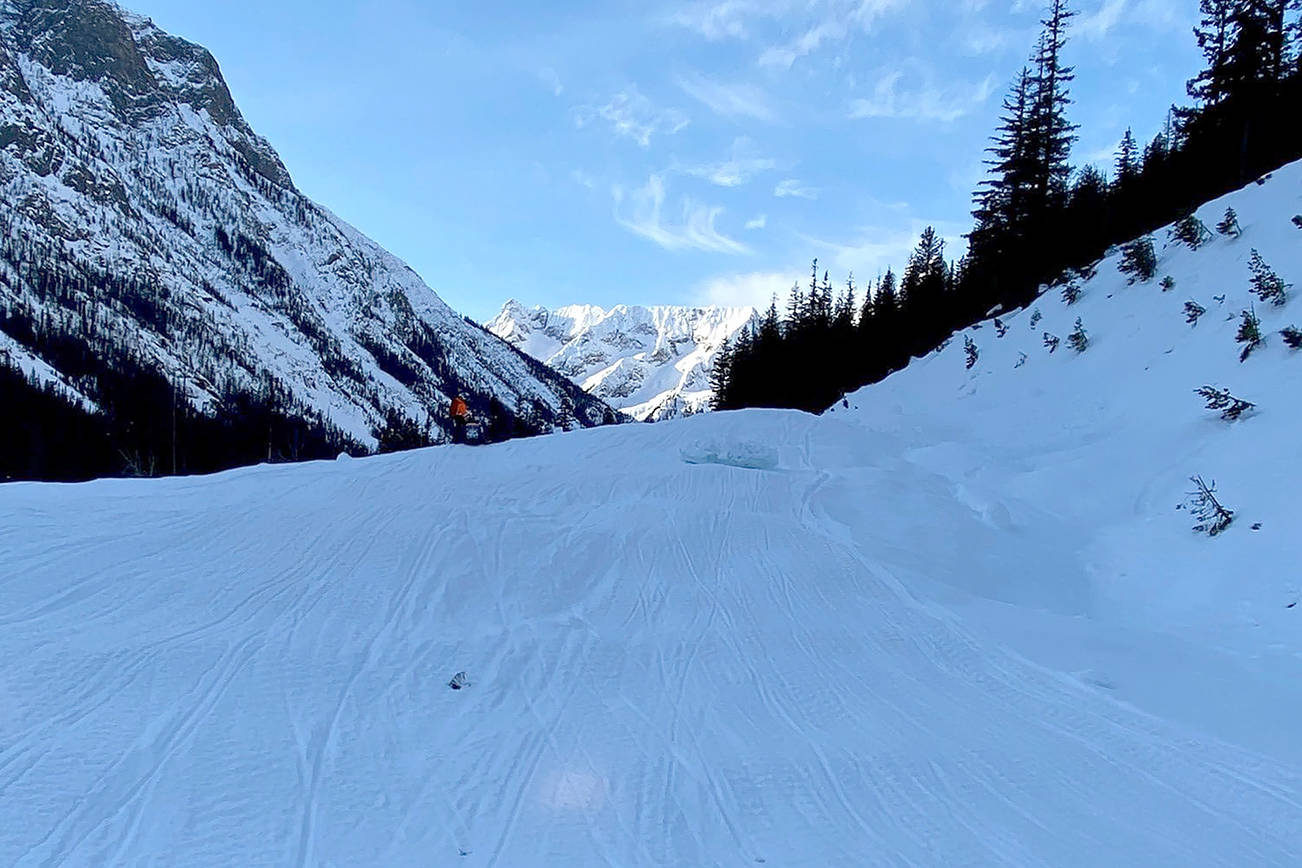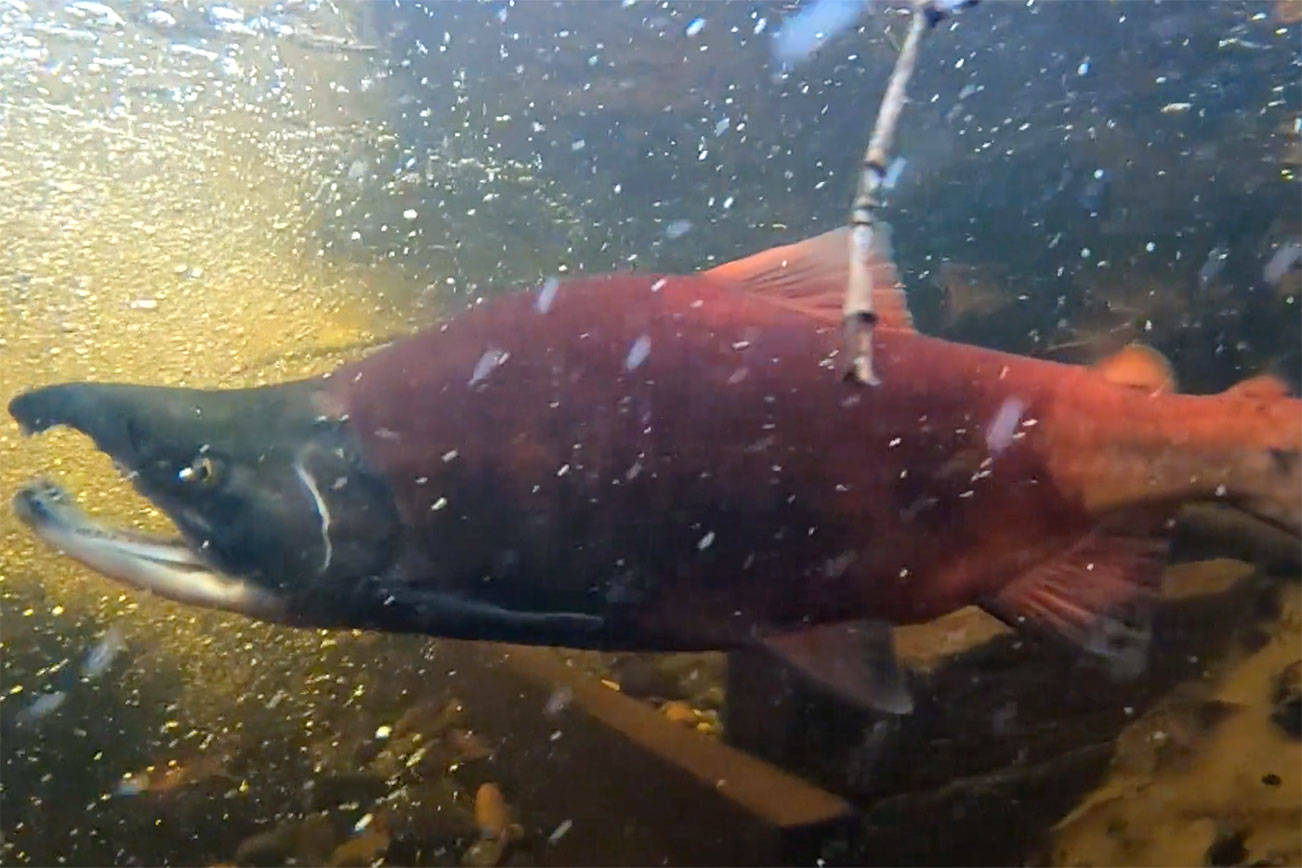Democrats around the country are gearing up for what will likely be a crowded 2020 presidential race, and Washington state’s Gov. Jay Inslee is expected to throw his hat in the ring of electoral hopefuls.
So far, only Sen. Elizabeth Warren (D-MA) has officially announced her run, but Inslee could also run. He told The Atlantic in an article published on Jan. 2 that “we’re laying the groundwork that would make this a feasible thing in the relatively short term.” The other indication is his political action committee called Vision PAC, which was created last October, raised $112,600 in contributions between Oct. 4 and Nov. 26, according to the Federal Election Commission. However, Inslee has not officially announced, his political media representative Jamal Raad said in an email: “Governor Inslee believes we need a presidential candidate who will put fighting climate change front and center in our national dialogue, and is seriously considering running. No final decision has been made yet.”
This number of financial contributions to Vision PAC is likely even higher after more than a month, but current contributions data was not available as of Jan. 2. The next step for an Inslee campaign would be the creation of an exploratory committee, similar to what Warren recently announced.
The Atlantic article said Inslee, who was elected as Washington’s governor in 2012, has pursued one of the greenest agendas in the country with “fields of solar panels, fleets of electric buses, and massive job growth to show for it.” However, Sound Publishing political columnist Jerry Cornfield has noted that Inslee’s track record is “long on preaching and short on accomplishment. There are more electric vehicles on the road and utilities are getting more power from alternative sources. But greenhouse-gas emissions aren’t tumbling, and every attempt by Inslee to compel a reduction of carbon emissions through taxes, fees, or executive order has failed.”
It may be that if Inslee runs for president, it will be on his green credentials. motivated by a push for national climate-change reform. Central to this, Cornfield argues, is whether Inslee will be able to push through his legislation and budget in the 2019 state Legislature in a year when Democrats control both the state House and Senate. “He can miss on a couple things. But he cannot come up empty too many times next session with his own Democratic Party controlling both chambers of the Legislature,” Cornfield wrote. “That would be embarrassing and invite questions out loud about Inslee’s ability to carry out a legislative agenda with partisans in Congress.”
In Inslee’s 2019–21 budget, he proposed a new capital-gains tax on the sale of stocks, bonds, and other assets, increasing the state business and occupation tax on services and changing the state’s real-estate excise tax from a regressive flat rate to a graduated rate that would lower the tax on sales of lower-value properties. Inslee is also proposing an initiative to reduce emissions in the state’s building sector and to promote clean-energy projects and research. Included in this is $57.5 million for the state’s Clean Energy Fund for projects to modernize the electric grid and the development of clean technology. In total, Inslee hopes to push through more than $273 million in green-energy spending and reforms.
Seattle Weekly has reached out to both Inslee’s campaign for comment and political researchers, and will update this story when more information becomes available.
Other names which have attracted speculation over potential presidential bids include Rep. Beto O’Rourke (D-TX), who ran against Sen. Ted Cruz in the 2018 election, narrowly losing against the incumbent Republican in a deeply red state. Sen. Kamala Harris (D-CA) has also been floated as a candidate, as has Sen. Bernie Sanders (I-VT). Historically, 17 presidents previously served as governor, but only four since the end of World War II: George W. Bush, Bill Clinton, Ronald Reagan, and Jimmy Carter.








